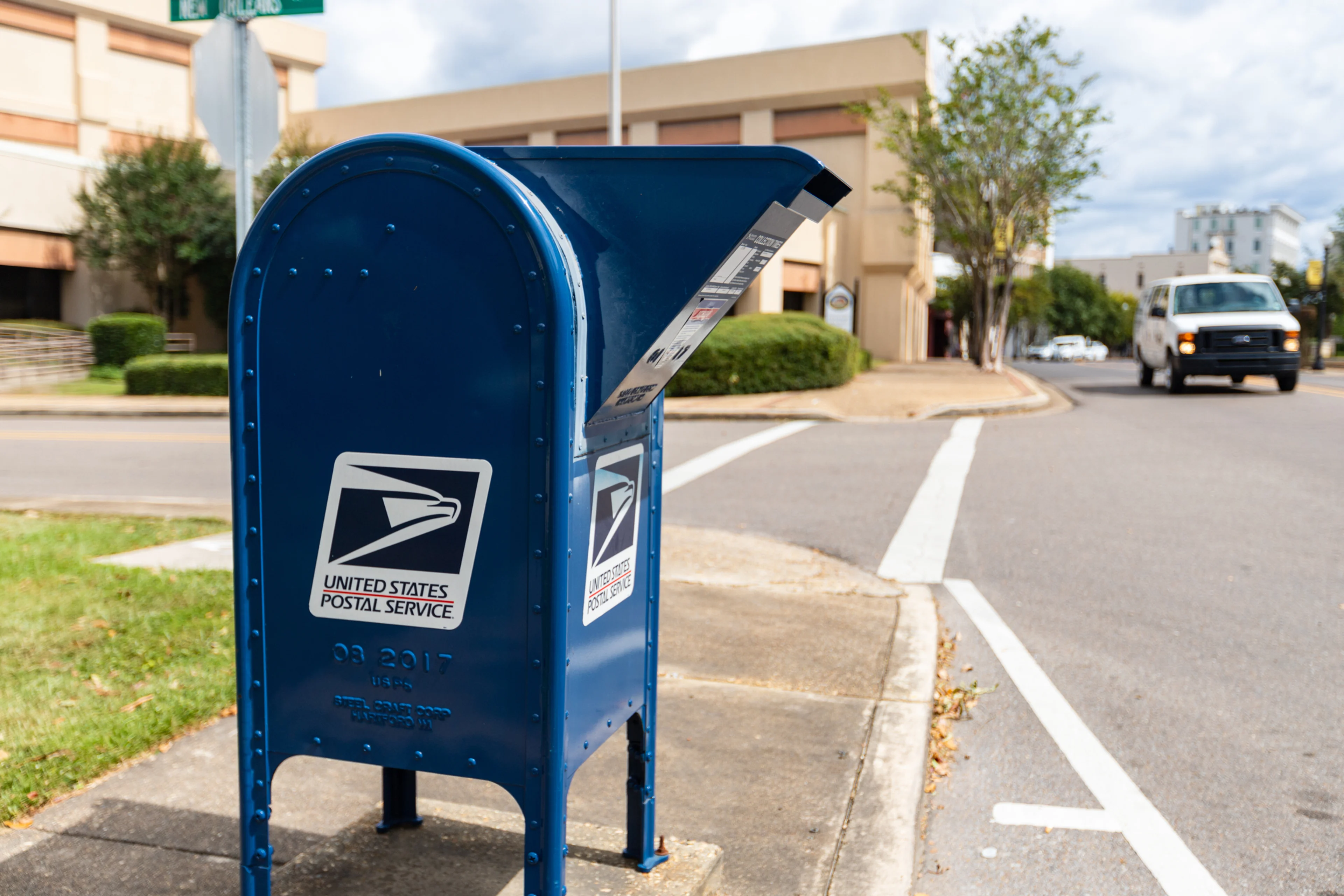
Energy Tax Credits for Home Improvements in 2023
The Inflation Reduction Act (IRA) of 2022 amended the energy-efficient home improvements and residential clean energy property credits, giving taxpayers making clean energy home improvements expanded tax-saving opportunities beginning in 2023. Gain insight into these lucrative tax credits, including qualifying expenditures, credit amounts and more.
Energy-Efficient Home Improvement Credit
The IRA increased the energy-efficient home improvement credit for years after 2022, with an annual credit of generally up to $1,200 (formally a $500 lifetime credit). For the tax years beginning after Jan. 1, 2023, and before Jan. 1, 2033, the amount of the credit is equal to 30% of the sum of amounts paid by the taxpayer for certain qualified expenditures, including:
- Qualified energy efficiency improvements installed during the year
- Residential energy property expenditures during the year
- Home energy audits during the year
Qualifying Expenditures Generally, qualifying expenditures include energy-efficient building envelope components, home energy audits, residential energy property, and heat pumps, biomass stoves and biomass boilers. There are limits on the allowable annual credit and the amount of credit for certain types of qualified expenditures, so it’s important to work with a trusted tax advisor to determine eligibility. Credit Amount The maximum total yearly energy-efficient home improvement credit amount may be up to $3,200. There is a $1,200 aggregate yearly tax credit maximum for all building envelope components, home energy audits and energy property. Electric or natural gas heat pump water heaters, electric or natural gas heat pumps, and biomass stoves and biomass boilers have a separate aggregate yearly credit limit of $2,000.Additionally, it cannot be carried forward. If a taxpayer does not have sufficient tax liability to claim all or a portion of the credit in the year in which the qualifying related property is placed in service, the unused credit amount may never be claimed.
Residential Clean Energy Property Credit
The residential clean energy property credit is a 30% credit for certain qualified expenditures made by a taxpayer for a residential energy-efficient property. The IRA extended the residential clean energy property credit through 2034, modified the applicable credit percentage rates and added battery storage technology as an eligible expenditure. The credit applies for property placed in service after Dec. 31, 2021, with a credit phase-out beginning in 2033.Qualifying Expenditures The following residential clean energy expenditures are eligible for the credit:
- Solar electric property
- Solar water heating property (must be certified for performance by the non-profit Solar Rating)
- Fuel cell property
- Small wind energy property
- Geothermal heat pump property
- Battery storage technology
Credit Amount The credit is generally limited to 30% of qualified expenditures made for property placed in service beginning in 2022 through 2032. There is no overall dollar limit for this credit, however, the credit for fuel cell property expenditures is limited to $500 maximum for each half kilowatt of capacity of the qualified fuel cell property. If a residence or dwelling unit is jointly occupied by two or more individuals, the maximum credit amount is $1,667 for each half kilowatt of capacity of qualified fuel cell property.A taxpayer may carry forward the unused credit amount to reduce their tax liability in future years.
Additional Considerations
Keep in mind, these credits apply to homes used as a primary residence by the taxpayer. There are some exceptions for taxpayers making improvements to a second home, so be sure to work with a trusted tax advisor to see what qualifies. Additionally, these credits cannot be claimed until the year the property is installed.Doeren Mayhew’s dedicated tax advisors are here to help you take advantage of tax-saving opportunities available to you. To obtain assistance with applying these clean energy credits, contact us today.


